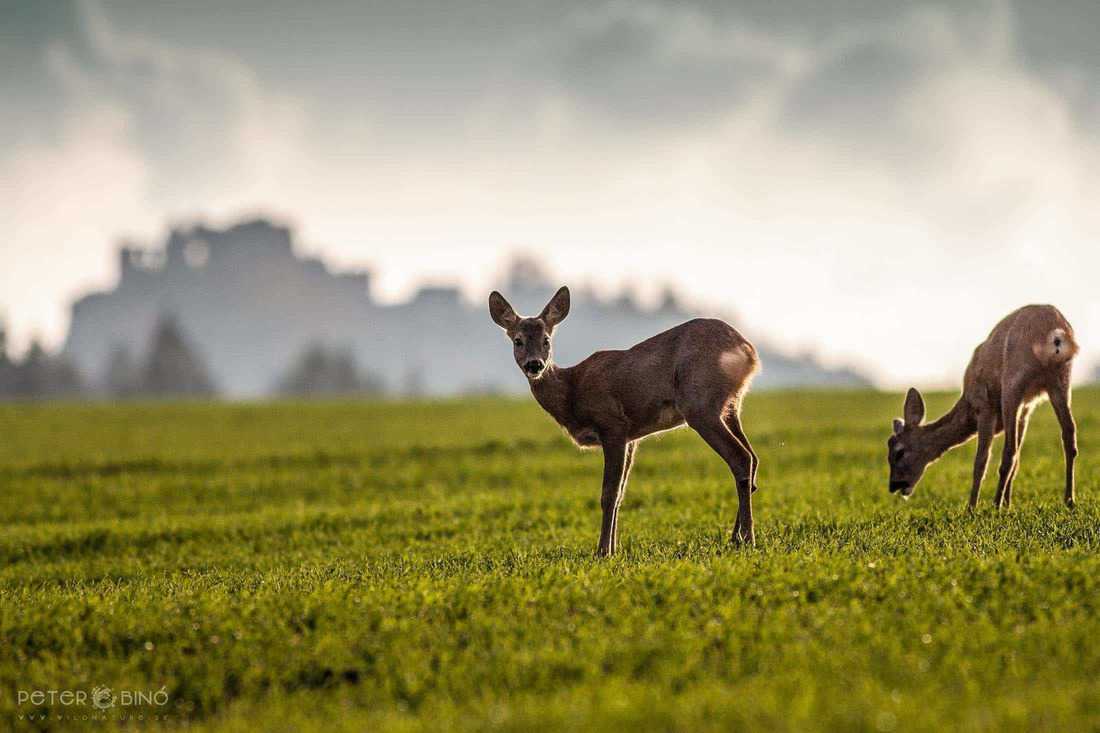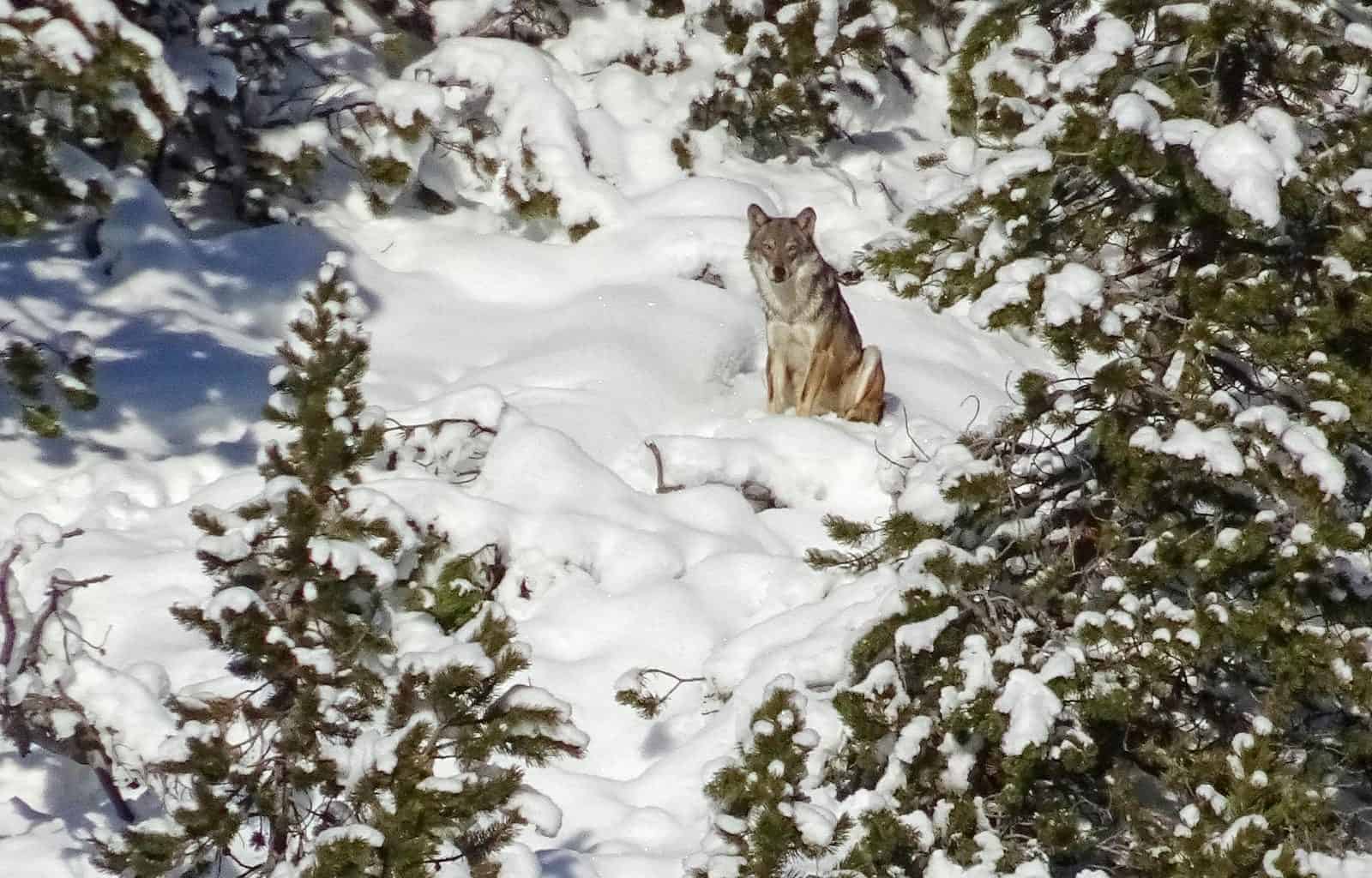Predator problem: Britain’s burgeoning deer population
This is the first part of a two-part article. You can find the next article regarding the proposed rewilding efforts aimed at controlling Britain’s deer population here.
The pandemic has not just adversely impacted the human world, but the natural world as well. In Britain, the deer population is causing more havoc to British woodland ecosystems than ever before. The island is experiencing its largest wild herd for 1000 years. Due to a lack of culling in the past year, the problem looks set to worsen.
Please also read: Levelling up nature in the UK
The economy dictating nature
The British deer population is around 2 million strong. Normally, the population rises by 30% each year, expanding by 600 000 between May and June. Following that, they are pared down by the annual culling that takes place. However, since the first nationwide lockdown in March 2020, deer in Britain have gone through two breeding cycles with reduced culling activities, resulting in the population’s larger-than-usual expansion. The cull that took place in 2020 was only 20% the size of the usual cull due to a lack of demand for venison. 80% of deer usually go to the restaurant or hospitality industry in the UK. However, the ongoing pandemic has badly impacted these sectors, thus greatly reducing the demand for venison in the UK. There is simply an oversupply of venison on the market and such forces are dictating the fate of nature and the ecosystems on which the deer roam.
The expansion of the deer population results in more widespread grazing of the landscape, in turn creating more uniform habitats. As well as creating a more monotonous landscape, it also has serious consequences for biodiversity. More uniform habitats results in reduced niches for other species. Deers grazing on the understory of woodland vegetation adversely impact bird species such as the warbler, nightingale and willow tits, as they use such areas for nesting and foraging. Consequently, the ecosystem services that birds supply, such as seed dispersal and pollination, are lost, resulting in negative knock-on effects for the wider environment.
Apex predator lacking
Many woodland areas in Britain as classified as sub-standard, including 30% of Scotland’s. The habitat destruction caused by deer has greatly contributed to this. Moreover, it is during the winter that deer damage woodlands the most, as there is not much food elsewhere. As a result of the current situation, the Forestry Commission has set up a national wild venison working group to help boost consumer demand and protect the ecosystem and biodiversity.
The setting up of the working group is just an example of how intensively managed nature in Britain is. Humans have replaced the natural role of the apex predator in Britain when it comes to regulating deer populations. However, the pandemic has shown just how fragile this relationship is. With many viewing the present composition and functioning of the current landscape functioning as unsatisfactory, calls for the rewilding of Britain has increased. The aim of rewilding a landscape is to bring about a natural equilibrium again, without further human intervention thereafter. These calls are becoming ever louder, exacerbated by the ecosystem imbalance brought about by the pandemic.
This is the first part of a two-part article. You can find the next article regarding the proposed rewilding efforts aimed at controlling Britain’s deer population here.









Hello Mark,
We are aware of the plan to reintroduce the lynx in Scotland and the consultation period that has just started and will be keeping up with subsequent developments. With regards to nature in Britain, we wrote an article on that last year which can be found here
You got me wondering what you will be writing about next time, so I guess since the location “pin” on the map above is stuck in the Cairngorms in Scotland that you will be writing about “Lynx to Scotland”? You may also write about the alleged reapplication for a trial relase of lynx, the first application rightly being rejected as entirely inadequate. The problem is neither of these will deliver on what is the most important element missing – a detailed ecological study on the feasibilty and impact of lynx reinstatement, and what lessons that has. Lynx to Scotland is just going to be a year-long “talking shop” where every fallacy about lynx will be repeated. The likelihood of the reapplication occuring, or being any better, is low considering the track record of the organisation.
I am aware of attempts to get the statutory nature agencies in Britain to fund a detailed ecological study – and get them to be involved as well. But like everything else to do with wild nature in Britain, there is no national responsibility, no national strategy, no recognition of public lands for nature.